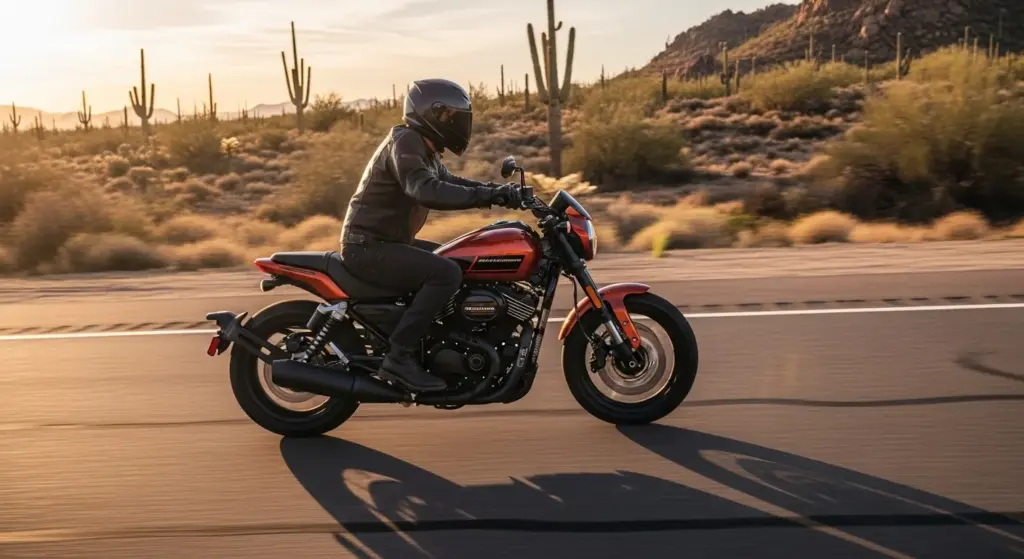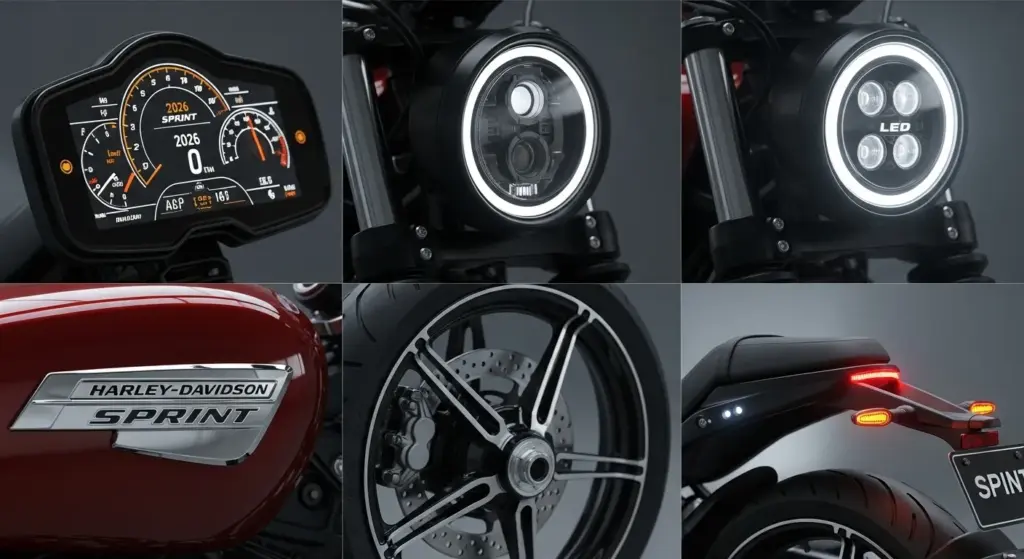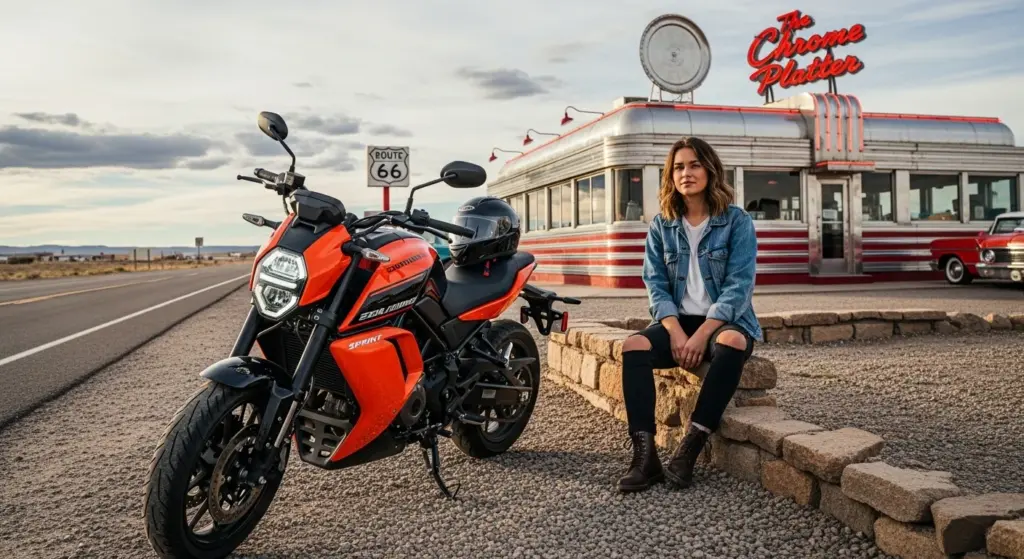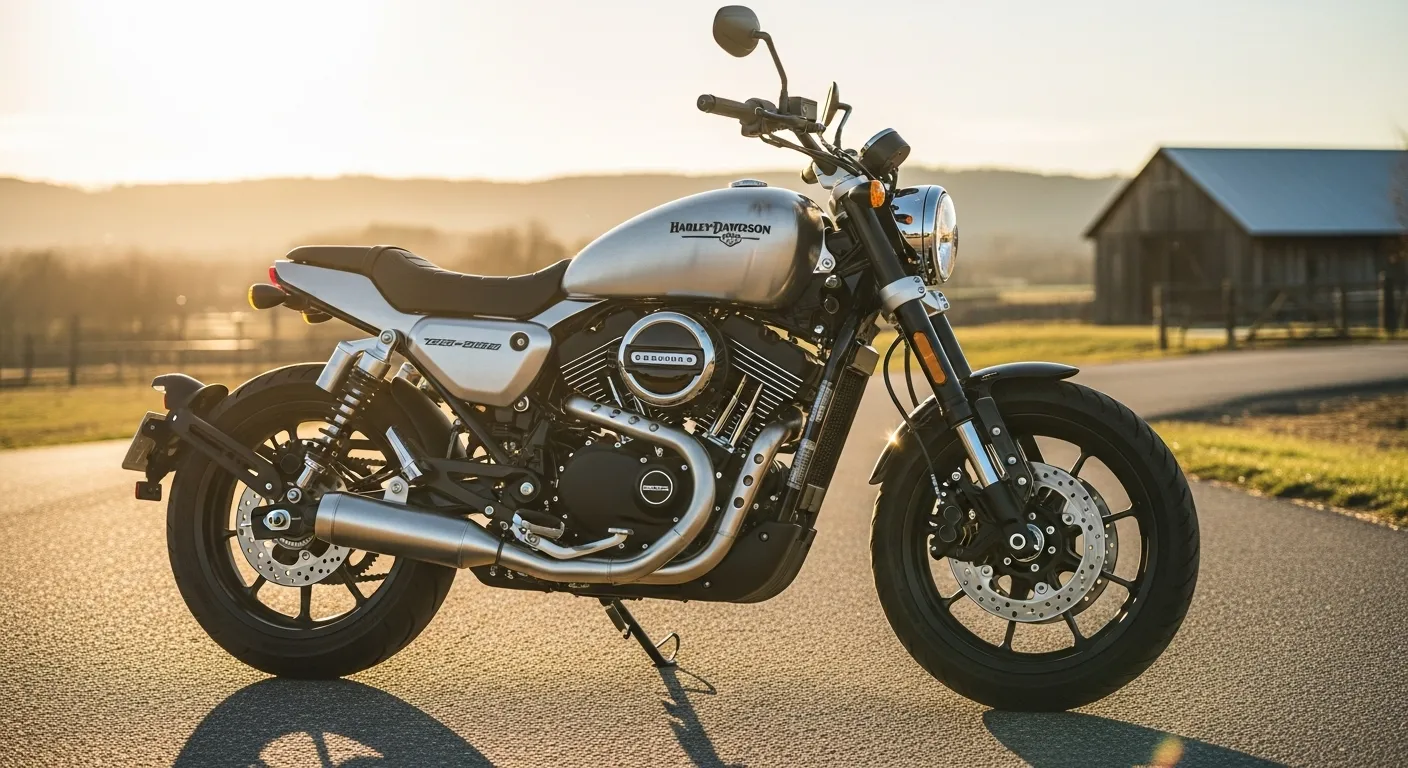If you’re a motorcycling enthusiast in the U.S., the buzz around Harley’s new 2026 Harley-Davidson Sprint is hard to ignore. After years of focusing on high-displacement cruisers, the company is pivoting—this time toward affordability and new-rider appeal. With gas prices still volatile, and younger riders seeking accessible entry points into premium brands, the Sprint could be the bridge Harley has long needed.
Harley has acknowledged that capturing fresh blood—millennials, urban commuters, weekend riders—will be critical for its long-term sustainability. The Sprint isn’t just another model; it’s a strategic shift. The timing matters: with interest in smaller, efficient bikes rising and electric/low-cost alternatives grabbing market share, Harley’s release is both reactive and bold.
Plus, the 2026 model year launch means U.S. dealers might begin previews later in 2025. The curiosity is building: Can Harley deliver legitimacy at a budget sticker?
Sprint’s Disclosed Highlights & Market Positioning

Based on Harley’s public statements and media leaks, here’s what we know (or strongly believe) so far:
- Target price: Just under $6,000 USD.
- Reveal and dealer preview window: Fall 2025, with dealer showings likely in October.
- Development timeline: The Sprint has been in development since around 2021.
- Platform independence: Harley claims it is not simply a re-badged version of the X350 / X440 bikes already in markets like India, but rather a fresh architecture.
- Heritage name revival: The “Sprint” name harkens back to Harley’s association with Aermacchi in the 1960s (Sprint 250 / Sprint 350).
- Global ambitions: Harley intends the Sprint to be sold in both domestic and international markets.
One thing is still murky: engine displacement, power output, and whether it will lean toward electric or internal combustion. Some rumors hint at a 350–500 cc single or parallel configuration.
Please take a look at this post as well: Harley-Davidson’s Big 2025 Shake-Up: New CEO, New Direction?
What the Specs Could Look Like (Projected)
| Spec | Hypothesized Range / Target | Notes / Real-world Implications |
|---|---|---|
| Engine / Motor | ~ 300–500 cc single or small twin (or hybrid) | Enough for urban & light highway duty |
| Peak Power | 25–45 hp | Suitable for commuting and light highway use |
| Torque | 20–35 lb-ft | Aids low-end rideability |
| Top Speed | 80–100+ mph | Enough for interstate lanes |
| Weight (wet) | 350–450 lbs (est) | Light enough for new riders |
| Seat Height | ~ 28–30 inches | Important for shorter riders |
| Features | ABS, basic ride modes, digital console | Enough to compete with modern budget bikes |
Real-life impact:
If Harley nails a sub-45 hp, light-weight, street-legal package, the Sprint could be ideal for city commuting, canyon roads, and occasional highway stretches. Low weight and torque in the lower revs will help with stop-and-go traffic, while moderate top speed allows safe riding on 55–65 mph roads. If Harley includes ABS, user-friendly ergonomics, and decent parts access, it can be a real competitor to established low-displacement bikes.

Please take a look at this post as well: Harley Just Dropped the 2025 Street Glide Ultra — Here’s Why Riders Are Talking
Comparing Sprint to Rivals and Harley’s Own Lineup
Against Harley’s existing small bikes (X350/X440):
- The Sprint is reportedly not a mere rebadge; Harley claims a new architecture.
- The X440 is currently only sold in certain markets (India) and has specifications like 38 Nm torque, air-cooled single, 6-speed.
- Sprint likely will bring more global support, better parts network, and U.S. dealer rollout.
Against rivals:
- KTM 390 / Kawasaki Ninja 400 / Yamaha R3: These sport / street bikes boast higher power and sport bias, but come at higher cost and less brand cachet. The Sprint may prioritize torque, balance, and character over outright top-end.
- Royal Enfield Meteor / Himalayan / Scram 411: More classic / utility oriented; Sprint could aim for a niche between sport and cruiser feel.
- Modern electric bikes (zero, Energica, etc.): Sprint likely won’t be fully electric (rumors suggest ICE), but Harley’s push into EVs via LiveWire positions the Sprint as a complementary ICE offering rather than direct EV competition.
For Harley’s lineup, the closest model today is the Nightster (starting ~ $9,999), which while more powerful, is heavier and less beginner-friendly.
Latest News Highlights (2025–2026)

- Harley has confirmed to dealers that the Sprint will be part of its 2026 model year rollout.
- The price benchmark (under $6,000) is generating excitement and skepticism, given that current Harley entry-level models start much higher.
- Some reports state U.S. dealer previews in October 2025.
- Media criticism centers on whether Harley can maintain profitability at such low pricing. The outgoing CEO, Jochen Zeitz, has emphasized that the Sprint must be a profitable model for Harley’s long-range growth.
- There is chatter in rider forums that the Sprint could be coupe-styled, with stripped-down design, minimalism, and accessible maintenance.
The most trending angle lately: “Harley offering a real $6,000 motorcycle?” Many scoff, some hope, and the media is watching.
Please take a look at this post as well: Harley-Davidson’s 2025 Heritage Classic Just Proved the Cruiser Era Isn’t Over
What This Move Means for Harley & Riders
Harley entering the budget segment is not just about chasing volume; it’s a signal to the market: the brand is serious about evolving or dying. If Sprint succeeds, Harley gains new customers earlier in their riding journeys—those who might later trade up to bigger Harleys.
For U.S. riders, the Sprint can open Harley ownership to city dwellers, younger riders, or weekend commuters who couldn’t justify a $10–20K investment. Imagine commuting in L.A. or Chicago on a lightweight Harley, or customizing one for canyon runs. For existing Harley fans, Sprint offers a new platform to tinker with.
However, the risk is real: margins are thin, and brand dilution could be a concern. If the Sprint feels cheap or underwhelming, it could backfire. Also, support, servicing, and parts logistics will be closely scrutinized.
Who Should Watch — and Who Should Wait
The 2026 Harley-Davidson Sprint is a strong candidate for:
- New riders who want to step into the Harley ecosystem affordably
- Urban commuters looking for stylish, manageable, and efficient two-wheelers
- Harley loyalists who want a lightweight ride for fun or daily errands
- Customizers & tinkerers who love transforming base bikes
But cautious riders or buyers should maybe wait until:
- Full specs and reviews confirm ride quality and reliability
- Dealer support and parts network are fully rolled out
- Real-world performance (especially highway and longevity) is proven
At its core, the 2026 Harley-Davidson Sprint represents a daring shift for a brand known for big displacement and premium pricing. If Harley executes well, this under-$6K bike might not just be a novelty—it could reshape its future. But execution matters. Route 66, canyon roads, or your city streets—the Sprint will need substance behind the hype.
